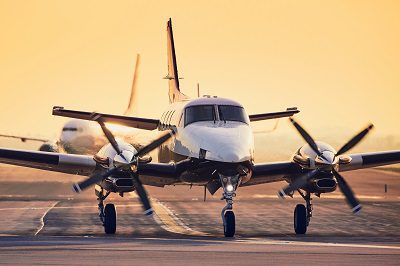
Aviation Insurance: Aircraft Hull and Liability Coverage
Since flying is considered a high-risk activity, it’s imperative to obtain comprehensive insurance coverage to protect an aircraft and its occupants.
What is Aircraft Hull and Liability Coverage?
A basic aircraft hull and liability insurance policy protects against physical loss or damage risks, such as the following:
-
Physical damage
-
Passengers, baggage and cargo carried on the aircraft
-
Medical coverage for passengers, pilots and crew members
-
Aircraft third-party liability—damage to individuals or property outside of the aircraft itself
The specific deductible, premium and policy limit for an aircraft hull and liability policy depends on a variety of factors, the most important of which are the value of the aircraft and how it’s used. For example, a policy written for a recreational general aviation aircraft may have a $0 deductible, while policies for commercial airliners have extremely high deductibles and policy limits. 
Most aircraft hull and liability insurance policies are arranged on an agreed value basis, in which an underwriter places a fixed value on the aircraft at the beginning of the policy. Then, in the event of a loss, the insurer will pay for repairs or the agreed value of the aircraft minus the deductible in the event of a total loss.
Coverage Options
Because there are so many risks involved in both recreational and commercial flying, you need to ensure that you and your aircraft are appropriately insured. Many insurers also offer the following coverage for added protection:
-
Premises medical coverage
-
Geographic limits
-
Emergency expense reimbursement
-
Non-owned hangars and contents coverage
-
Trip interruption expense coverage
-
Ground risk coverage
-
Spare engines and parts coverage
-
War risks coverage
Underwriting Considerations
The exact details of an aircraft hull and liability policy will depend on the following criteria:
-
Desired policy limits
-
Aircraft make and model
-
How the aircraft will be used
-
Pilot’s overall experience
-
Pilot’s experience with your aircraft’s make and model
-
Pilot’s training
-
Pilot’s loss history
Just like other types of insurance, you can expect to see substantial savings on an aircraft hull and liability policy by managing your risks carefully. The best ways to ensure the safety of an aircraft and those on board is to obtain extra training for pilots, outfit the craft with safety features and ensure that it’s properly maintained at all times.
Categories: Business Insurance
